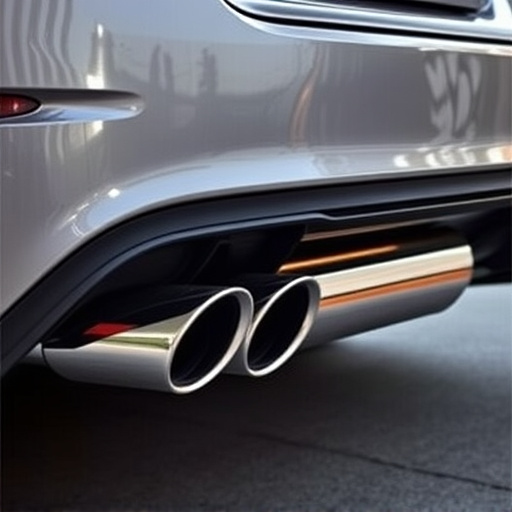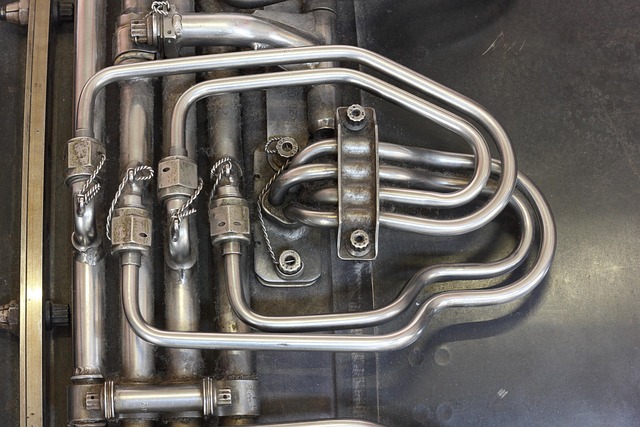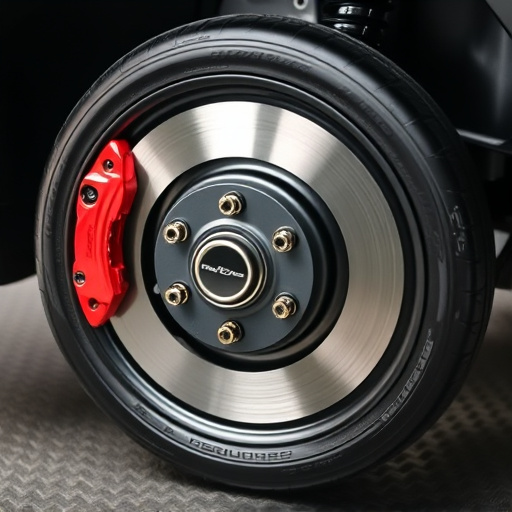The brake master cylinder (BMC), a vital part of a vehicle's braking system, requires regular maintenance and timely repairs for safe operation. Malfunctions cause pedal issues, unusual noises, and fluid level drops, necessitating visual inspections, functional tests, and troubleshooting to identify problems like leaks, corrosion, low fluid levels, or faulty seals. Regular flushes and replacements at recommended intervals prevent safety hazards and ensure optimal brake performance.
Diagnosing issues with your vehicle’s brake master cylinder (MC) is crucial for ensuring safe and effective braking. This essential component plays a pivotal role in the overall performance of your brakes. In this comprehensive guide, we’ll take you through the fundamentals of the MC, its common symptoms of malfunction, and provide effective diagnosis techniques along with troubleshooting tips to help you identify and resolve problems promptly.
- Understanding Brake Master Cylinder Basics
- Common Symptoms of MC Malfunction
- Effective Diagnosis Techniques & Troubleshooting Tips
Understanding Brake Master Cylinder Basics

The brake master cylinder is a crucial component in any vehicle’s braking system, serving as the point where hydraulic pressure is generated to slow or stop the wheels. It operates by receiving fluid from the brake fluid reservoir and exerting force on a piston, which in turn presses against the brake pads or shoes, creating friction that slows down the car. Understanding how it functions is key to effectively diagnosing any issues.
This component plays a vital role in ensuring safe and controlled braking. Problems can arise due to various reasons, from contamination of the brake fluid leading to reduced pressure, to worn-out seals causing leaks. Regular maintenance and timely repairs are essential, especially as other car systems like air intake and exhaust systems can indirectly affect its performance by influencing the overall state of the vehicle’s hydraulic components.
Common Symptoms of MC Malfunction

The brake master cylinder (BMC) is a vital component in any vehicle’s braking system. When it starts to malfunction, it can present several telltale signs that something is amiss. One of the most obvious symptoms is a soft or pulsing pedal when applying the brakes. This could indicate an issue with the BMC’s internal hydraulic pressure, which is essential for effective braking.
Other common indicators include increased brake pedal travel distance, where you need to press harder on the pedal to stop the vehicle. You might also notice a grinding or whining noise coming from the brakes during deceleration. If your vehicle has a cat back exhaust system, unusual sounds could be a result of air leaks in the braking components, including the BMC. Additionally, if the brake fluid level fluctuates frequently or drops without apparent cause, it’s a strong signal that the master cylinder needs attention. These symptoms should not be ignored as they can lead to more severe safety hazards and impact vehicle performance.
Effective Diagnosis Techniques & Troubleshooting Tips

When diagnosing brake master cylinder issues, mechanics often begin with a series of visual and functional checks. Inspecting for any signs of damage or leaks is crucial. Look for corrosion, cracks, or swelling in the cylinder, as well as any discrepancies in the brake fluid level. Additionally, testing the pedal’s firmness and response is essential; a soft or spongy pedal could indicate low fluid levels or internal damage. Using diagnostic tools like pressure gauges can help measure the braking system’s performance, identifying issues like air entrapment or faulty seals.
Troubleshooting tips include checking for air leaks in the system, as even small openings can affect braking efficiency. Replacing an old or damaged air filter kit and ensuring proper ventilation with a high-flow cold air intake can enhance overall performance. Keep an eye on brake pads; worn-out or warped pads can lead to inconsistent braking. Regular maintenance, such as flushes and replacements at recommended intervals, is vital for optimal brake master cylinder function.
Understanding the intricacies of your vehicle’s braking system is paramount for ensuring safety on the road. By recognizing the symptoms and employing effective diagnosis techniques, you can efficiently pinpoint issues with your brake master cylinder. Armed with this knowledge, regular maintenance and prompt troubleshooting become second nature, ultimately enhancing your driving experience and peace of mind. Remember, a well-maintained brake master cylinder is key to controlling your vehicle’s speed and stopping power.














